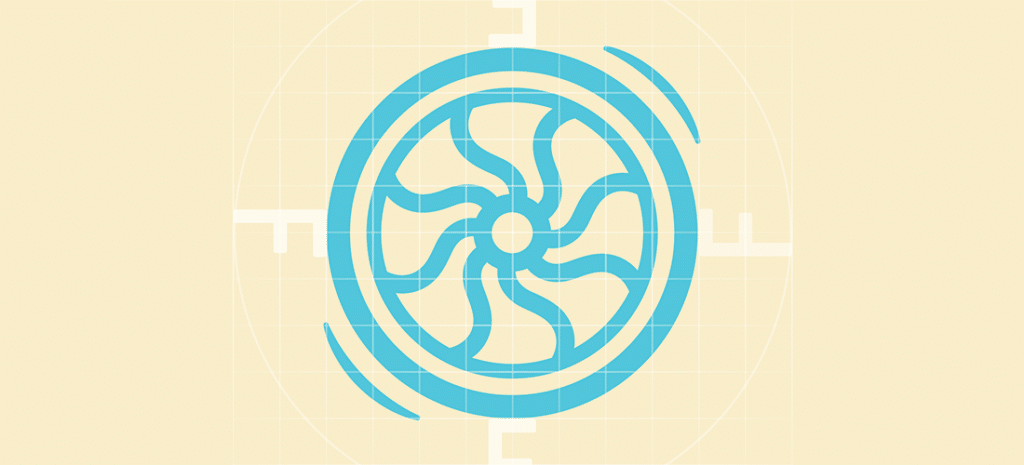
Psychology of Design: Illustrating Your Message
We’ve broken down the individual elements of design at length in the first four installations of our psychology of design series. However, each of these elements must be combined for the true impact of a design to be felt, whether it’s an outfit, interior design project, website, or logo.
All design has the power to elicit a reaction from your audience, and by studying the components of good designs, we can break down why they work together to elicit the right reaction.
This is especially important when it comes to designing logos for a brand. Whether you’re rebranding a company’s outdated look or you’re designing a new logo from scratch, you’re in charge of creating one of the most recognizable pieces of branding for your client.
Having a well-thought out design—and knowing how to pitch it to your client—will be the deciding factors for how it’s received.
Read on for some basic definitions you can use when explaining your logo concepts to clients. We’ll also break down examples of each logo style to get a better understanding of why they’ve been successful and discuss how different components of the logos add to their overall appeal.
Here’s what we’ll cover:
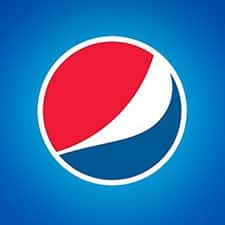
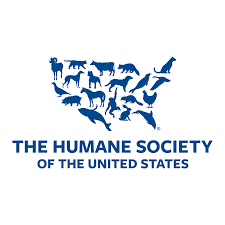

Pictorial marks
Brands with logos that use characters, shapes, and other icons are using pictorial marks. Any logo in which the image component can stand alone can be considered a pictorial logo. Pictorial logos are often used in conjunction with words, but the image component can be displayed independently.
Three of the most common styles of pictorial marks are abstract logos, brand marks, and mascots. We’ll explain each of these in more detail and give some examples of them in the sections below.
Abstract Logos
Abstract logos take on several forms that don’t necessarily make a clear connection to the product or business they’re marketing. Where brand marks and mascots use imagery of an actual item, person, animal, or other entity, abstract logos are typically composed of multiple geometric shapes, lines, and colors that create an undefined or inexact shape.
Pepsi’s logo is a timeless example of an abstract logo. If I asked you what the Pepsi logo is, how would you describe it? A flowy red and blue ball? A Poke-ball look-alike with a blue bottom? Technically, the brand refers to the logo as the “Pepsi Globe,” but what it actually is doesn’t matter as much as its history and familiarity.
The first iteration of the red and blue logo was released in the 1950s and was meant to elicit patriotic responses from Pepsi’s customers while differentiating the brand from their rival, Coca-Cola. Though it’s been redesigned multiple times, the abstract elements remain similar to that of the original, and the rounded design comes across as friendly—maybe even bubbly—like the drinks Pepsi makes.
Another circular abstract logo comes from Spotify. It’s sort of reminiscent of a sound wave—like music coming out of a speaker—or a WiFi icon. This imagery only works because we already associated the name “Spotify” with music in our minds; otherwise, the Spotify logo really could have been used for a number of businesses or industries.
The abstract mark uses a bright, energetic green color chosen by Spotify’s team in 2015 and is paired with a simple, sans serif font for the company name. Spotify’s choices position it as a rapidly evolving tech company first, thanks to its vibrant neon color, while the logo’s circular shape underscores its focus on building a community of listeners.
Not all abstract logos are circular—Microsoft has one of the most recognizable abstract logos, and it’s comprised of just four simple squares. According to some sources, each square is intended to represent a different product: the blue square represents Windows, red represents Office, green represents Xbox, and yellow represents Outlook or Bing. While we couldn’t find a source from Microsoft to confirm this theory, the nicely stacked squares do effectively represent order and organization, both of which Microsoft’s products help their customers attain.
Brand Marks
Where an abstract mark is more nebulous in nature, a brand mark will be easily recognizable. And really, it could be anything. The cog in our logo, for example, would be considered a brand mark. Like all pictorial marks, brand marks are often paired with words like a company’s name, but the two components can work independently from one another.
Sometimes a brand mark is made of a single component, like our cog, and sometimes it will include multiple components. Unlike abstract logos, which won’t necessarily relate to the business at hand, a brand mark will likely relate much more closely to an organization’s mission, vision, products, or services.
Take the Humane Society of the United States for example. Their brand mark consists of the silhouettes of 19 different animals laid out in the shape of the contiguous U.S. The concept highlights the two most important parts of their nonprofit: helping animals in the United States. It’s a fairly straightforward concept illustrated beautifully through simple yet effective design.
Mascots
A mascot is a personification of a brand, and mascots can be everything from people to animals to entirely made up beings. Mascots are popular among food retailers and sports teams, but they’ve also found popularity outside those realms. Just focusing on those two industries for even a few seconds, it’s easy to think of a number of successful mascots, from Tony the Tiger to Herbie Husker to the M&Ms crew.
There are a few mascots who have reached such prominence that they were actually incorporated into a company’s logo. One such mascot is the Michelin Man. A fan favorite since the 1890s, the reason this man made of tires looks different than the tires we know today is because tires actually used to be white!
The Michelin Man’s real name is “Bibendum,” and even though he’s made out of materials that we’d never find today, we all still recognize the mascot is made of tires. He became part of Michelin’s logo in 1997, and designers introduced the blue and yellow brand colors around the same time to make him appear more friendly. Their long-standing mascot paired with blue lettering tells the story of a trusted, time-honored brand that’s helpful and caring.
While many iconic mascots have been around for decades, they don’t have to be old to be effective. Although the Aflac Duck was only introduced in the year 2000, he made such a splash (pun intended) that he has become a component of the supplemental insurance company’s logo as well.
Now, the iconic mascot’s face sits in the center of the logo, right in front of the “l” in “Aflac.” Light blue lettering conveys a friendly yet trustworthy image, perfect for a company that provides insurance and human resources services.
We should note here that while a person can be a mascot, you’ll want to be extra careful when creating those designs. While Colonel Sanders, for example, is a beloved mascot that represents the origins of the business, a mascot should never denigrate the culture, imagery, appearance, or ideals of a community or individual for marketing purposes.
There are plenty of examples in recent years of organizations coming to terms with the fact that their mascot is offensive, so be sure to survey a variety of diverse individuals before choosing a person as your mascot.
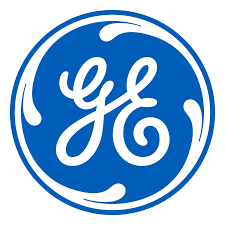

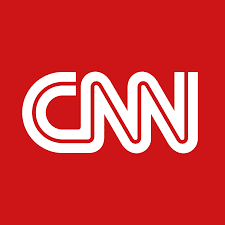
Wordmarks
Wordmarks are the opposite of pictorial representations, choosing to convey a company’s branding through words or letters alone. Some organizations will create multiple versions of their wordmark logos, with some using full words and some using letters or acronyms. Others will adhere to only one style.
While a pictorial mark can be paired with words or letters (typically a company name), a true wordmark only consists of words or letters. Some may use multiple colors or filigree, but no images, icons, or other artwork can be used with a wordmark (lest it becomes a pictorial or combination mark).
For this reason, you’ll want to take extra time to consider your font choice, as it will determine the overall feeling of your logo. The three most common styles of wordmarks are monograms, letterforms, and wordmarks.
Monograms
Monograms are about as close as you’ll get to an “icon” within the wordmark category. A monogram is the symbolic, overlapping formation of multiple letters that combine to form a single cipher. Monogram logos are common in fashion and luxury brands like Yves Saint Laurant or Chanel, but they also find many uses outside that realm.
The NY Yankees, for example, have one of the most iconic monogram logos of all time—so iconic, in fact, that the monogram version often overshadows the popularity of the ball club’s primary logo. Simple, timeless navy blue letters in a not-too-fancy font create the iconic monogram for one of America’s oldest and most decorated baseball teams. In fact, the monogram, not the current logo, is still used on the team’s uniforms, website, and merchandise today.
Monograms don’t have to feel too buttoned-up, high-end, or classy. PlayStation uses a monogram logo that still manages to be fun! The multiple colors are reminiscent of childhood and playtime, which bodes well for the gaming company. Although the current primary version of the logo is the black and white iteration, the original color scheme and the 3D look of the monogram help modernize it while showing that the console is “for everyone,” not some out-of-reach, expensive product.
Probably the most iconic monogram of all time comes from GE. As a child, I remember wondering why a company called General Electric would use an “H” as the logo on our dishwasher. Only after hours of looking at it (and working on my cursive skills) did I realize it’s a beautifully composed monogram. The flowing script font and outer filigree offer a personalized aesthetic, and the muted blue color (updated by Wolff Olins in 2004) conveys excellence and trustworthiness.
Letterforms
Letterforms, or lettermarks, are similar to monograms but without the extensive overlapping or the “cipher” aesthetic. Often used for news sites or companies with long names that are shortened to acronyms, letterforms make for simple, straightforward branding.
You can find letterforms by clicking your TV through HBO, CBS, MSNBC, CNN, and almost any other entertainment or broadcast company. This is likely because “Cable News Network” is much harder to turn into a decent logo than “CNN.” Each of these companies uses bold sans-serif fonts in their letterforms that hint at the straightforward nature of the networks’ programming and information, but letterforms don’t need to feel simple.
H&M, for example, uses a creative brushstroke-esque font to convey its message. The font is approachable and casual yet energetic, and it’s presented in an attention-grabbing red. Together, the components of the letterform underline H&M’s business model of providing on-trend yet affordable garments.
Wordmarks
“Wordmark” is an umbrella term that can be used for each of the subcategories above, but it can also be used more narrowly to refer to logos consisting of one or more words. Along with letterforms, wordmarks are probably the most commonly used style of logo because of their simplicity.
The New York Times maintains a reputation as one of the leading journalistic institutions in the U.S. For its wordmark, and in all wordmarks, the chosen font does a lot of heavy lifting. It’s highly decorative and old-fashioned, which makes sense given the New York Times’ history.
The logo has only been changed twice—once when the paper changed names from “New York Daily Times” to “The New York Times,” and second time in 1890 to remove the full stop at the end of the word “Times,” bolden the letters, and even out the spacing between words. For more than 130 years, NYT readers have come to expect consistent, hard-hitting journalism, just as they expect the same classic, sophisticated logo font.
While The New York Times uses its font to tighten its reputation, ToysRUs uses its font to let loose! Childhood imagination bursts from the seams with multiple colors and a star right in the center of the “R.” While the wordmark has seen many more iterations than The New York Times’ has, ToysRUs has relied on the combination of childlike bubble letters, backwards R, and bold colors since the 70s.
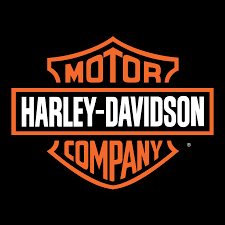
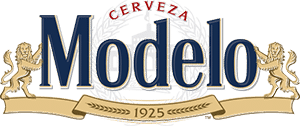
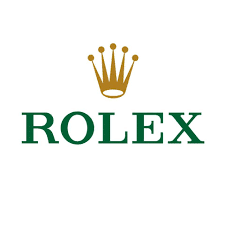
Combination Marks
As the name suggests. Combination marks combine the element of wordmarks and pictorial marks. Where pictorial marks can combine independent words and icons or symbols, combination marks enmesh the words and imagery together into a single entity.
The waters get a little murky here, because some combination marks will use the word or letter aspect independently from the image portion and vice versa on occasion. However, the elements will work in tandem for the most part.
Combination marks can be successful in any industry when designed well. A nonprofit with a highly recognizable combination mark is Goodwill. A simple lowercase font style, blue background, and heavy line weights throughout make the brand feel approachable and casual. The smiling face also doubles as the “G” at the beginning of the company name, but even so, that component of the design is not used outside of the combination mark.
The combination mark is a great choice for the nonprofit reseller, but it’s also perfect for more upscale retailers. Rolex, for example, uses a combination mark as well. The luxury watch brand opts for serif font and employs a crown icon, evoking the image of another high-end item to position its own. The green and gold color combo also underlines the expensive nature of the products; green and gold bring forth images of money in the consumer’s mind.
Clothing and accessories don’t corner the market on combination marks either. Hasbro, the global play and entertainment company, turned its name into a happy face for its logo. A fun font sits above the smile icon, and the letters “ASB” in “Hasbro” create the top part of the face. In each of these examples, you can see how the elements could be used separately from one another, but doing so detracts from the overall effect.
Emblems
A subset of the combination mark, an emblem places the text portion of the logo inside a symbol, icon, badge, seal, or crest. The National Football League is a great example. While it could be considered a letterform by some, the badge surrounding the letters makes it more accurately an emblem. The red and blue colors and white stars are an allusion to the American flag, for obvious reasons.
Harley Davidson is another iconic brand with an emblem. It’s been outfitted with wings, an eagle, and anniversary announcements over the years, but the center shield reading “Harley-Davidson Motorcycles” is ever-present. The orange color evokes a free-spirited feeling—like the one you’d probably get while cruising the interstate on a motorcycle.
Harley Davidson and the NFL provide fairly basic examples of what you can do with an emblem, but they can also be highly decorative. Modelo’s emblem looks more like a family crest than a beer brand, which is part of the appeal. The company’s house of brands is even referred to as just that: Casa Modelo, conjuring mental images of family. The emblem proudly displays the year of its founding (1925), and you’ll almost never see the company’s name on a product if it’s not flanked by two standing lions.
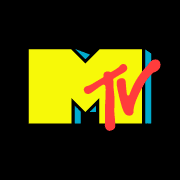
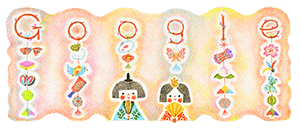
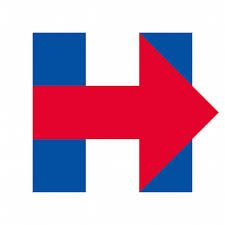
Dynamic Marks
Historically, logos have consisted of a single image, word, letter, or combination of those elements working together to create a single symbol meant to represent a brand, company, or product. Now, logos are a basic element—almost a requirement—for any business.
That’s not to say every company’s logo has to be some nebulous, cerebral interpretation of your vision or purpose. A simple, high-resolution image displaying a company’s name in a fitting font can be—and often is—the best logo for a business. But in an age where you have more customer touch points than ever before, designing multiple versions of a logo is a great way to elicit audience responses based on a specific time, place, need, event, or intention.
Many designers are turning to dynamic marks as brands require additional tools and visual cues to use across marketing materials. Also called responsive logos or logo systems, these logos are optimized based on the device you’re using and can even include animations.
By making small, intentional changes to a logo’s color, size, shape, orientation, or movement, different iterations of a logo can help express the specific intention behind the message being conveyed. As long as these changes are used sparingly and with careful forethought, they can be a great tool to add to your design arsenal. Pitch them to your clients when there’s a special occasion like an important anniversary or approaching event that could benefit from unique branding.
Google’s search engine is one of the best examples of a dynamic mark, because it changes all the time, but it always feels like Google. The “Google Doodles” mark important historical figures, holidays, current events, achievements, and more. These special, temporary logos started with a Thanksgiving version in 1998, and while more than 4,000 versions have been released since then, each one feels as true to the brand as the last.
MTV also uses a dynamic logo with a long history of success. The entertainment group has created hundreds of iterations of its lettermark throughout its history, but because it always maintains the same classic letter structure, it’s never muddy or unclear. The logo has been displayed with different colors, materials, textures, animations, and environments, but the audience always understands exactly what they’re looking at.
The Hillary Clinton campaign also used a dynamic logo during the 2016 election. Whatever you think of her politics, the dynamic logo was a clever choice that allowed the campaign to address lots of issues, holidays, and important events using different iterations of the letter “H.”
Get Back to the Building Blocks of Good Design
Thanks for staying up-to-date with the latest design deep dives from WP Engine! Our psychology of design series will wrap up with a final edition on content hierarchy as we focus on the ways your layout can affect your customers’ overall experience with your brand.
Make sure you’re subscribed to the WP Engine newsletter so you never miss out on important content related to design, WordPress, and the latest updates about products and services created by WP Engine.












